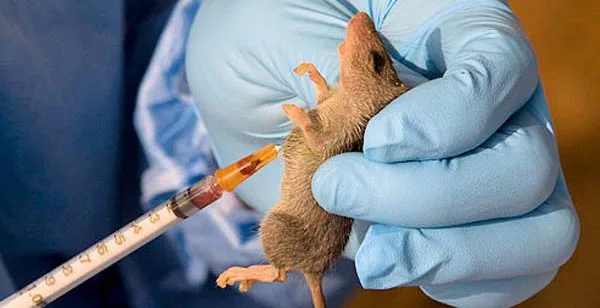One Lassa fever death and 15 new cases have been confirmed across the country within one week, the Nigeria Centre for Disease Control and Prevention has revealed.
This information was contained in the NCDC situation report for Week 13, published on its website on Friday.
Lassa fever is an acute viral hemorrhagic illness transmitted to humans through contact with food or household items contaminated by infected rodents or contaminate persons.
Its symptoms include fever, headache, sore throat, general body weakness, cough, nausea, vomiting, diarrhea, muscle pains, chest pain, and, in severe cases, unexplainable bleeding from ears, eyes, nose, mouth, and other body openings.
According to the NCDC, there was a decrease in the number of confirmed cases from 25 in Week 12 to 15 in the reporting week, even though the number of suspected cases increased compared to the same period in 2023.
It noted that cumulatively, from Week one to 13, the country recorded 806 confirmed cases and 150 deaths, with a case fatality rate (CFR) of 18.6 per cent, higher than the CFR for the same period in 2023 (17.5 per cent).
The NCDC stated, “Twenty-five states have recorded at least one confirmed case across 125 local government areas in 2024.
“Sixty-two per cent of all confirmed cases were recorded from Ondo, Edo, and Bauchi, with Ondo State accounting for 24 per cent, Edo 22 per cent, and Bauchi 16 per cent.”
Based on the report, no health worker was infected in the reporting week, and individuals between the ages of 31 and 40 were predominantly affected by the infection.
The NCDC announced that the National Lassa Fever Multi-partner, Multi-sectoral Incident Management System had been activated to coordinate response at all levels at the Emergency Operations Centre.
It highlighted some challenges in the fight against Lassa fever to include late presentation of cases leading to increased CFR and poor health-seeking behavior.
The agency attributed these challenges to the high cost of treatment and clinical management of Lassa fever, as well as low environmental sanitation and awareness in high-burden communities.
(NAN)
